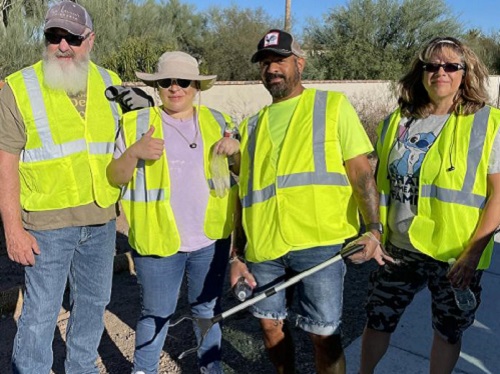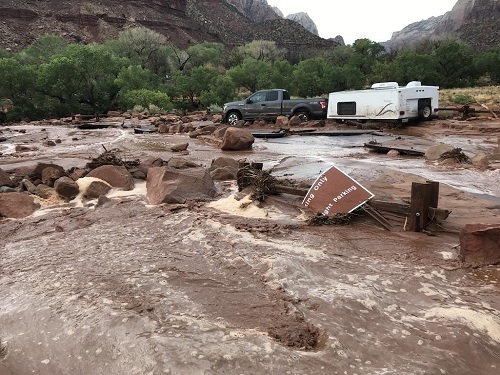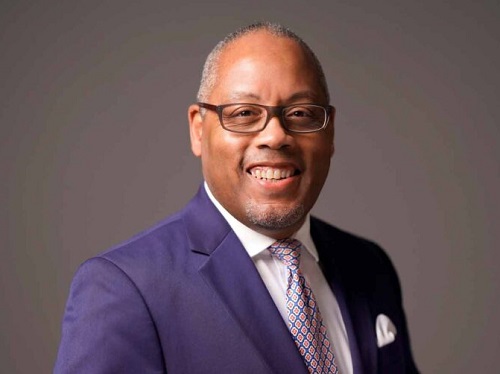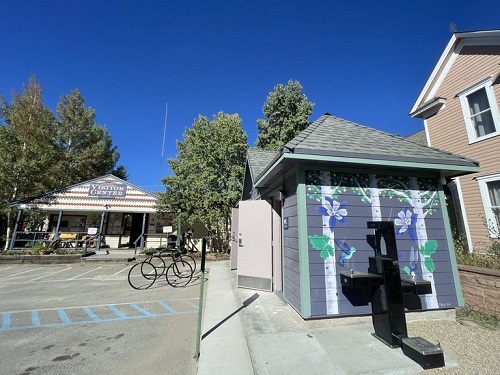The Arizona Department of Transportation and its “Adopt a Highway” volunteer program recently conducted a roadway trash cleanup event; collecting 214 bags worth of litter from along state highways across Arizona.
[Above photo by the Arizona DOT]
Fifteen groups with 123 volunteers answered the call to participate in day-long event on September 16. One of those groups, the Coalition for Sonoran Desert Protection, had seven volunteers fill 13 bags with litter along Oracle Road (State Route 77) on the north side of Oro Valley.
“It feels good just cleaning up native habitat along the highway and making sure that all the native vegetation has space to grow and that people have a nice place to bike,” said Jonni Zeman, the group’s program and communications coordinator, in a statement. “It’s great to just be here making a difference, even if it’s small.”
Arizona DOT’s Tucson North Motor Vehicle Division office had 12 team members pick up 16 bags of litter along Oracle Road between Ina and Orange Grove roads, while two other team members delivered drinks and collected bags. The office has adopted this segment and will hold cleanups throughout the year.
“It’s just a way for us to connect to the community and be part of it,” said Jessica Robeson, an MVD customer service representative.
Other state highways where volunteers removed roadside trash included Interstate 19, State Route 260 and US 60.
This event complements the work of more than 6,000 volunteers participating in Arizona DOT’s Adopt a Highway program who help keep state highways as trash-free as possible throughout the year. In 2022 alone, these volunteers filled more than 12,500 bags of litter while contributing time and effort worth more than $600,000.
State departments of transportation are using a variety of tactics to combat littering on state highways.
For example, the Mississippi Department of Transportation recently launched a new anti-litter webpage as part of a renewed statewide anti-littering campaign that kicked off in August – a “one-stop hub” that contains information about the state’s Adopt-a-Highway program, Mississippi litter statistics and resources, stormwater pollution information, anti-litter resources for school teachers, and much more.
Then there is the Tennessee Department of Transportation, which recently celebrated the 40th anniversary of its “Litter Grant Program.” That program – started in 1983 – provides funding to all 95 counties within the state to pay for a wide variety of litter-related efforts, such as litter and tarp law enforcement; cleanup and recycling events; and litter prevention education campaigns.
Meanwhile, in April, the Illinois Department of Transportation launched a new public outreach effort called “Think Before You Throw!” as part of its ongoing awareness campaign to reduce littering on state highways and roads.
The “Think Before You Throw!” initiative aims to reduce roadside litter along the state’s more than 150,000 miles of roads by raising awareness of the negative environment impact of trash, for both state residents and the nearly 100 million tourists who visit annually, the agency said.
And, in March, the Maryland Department of Transportation launched “Operation Clean Sweep Maryland,” a new initiative that seeks to nearly double the frequency of litter pickup and mowing efforts along state roads.
This new effort – which began in the Baltimore and Washington, D.C., regions – is under the purview of the Maryland State Highway Administration, one of Maryland DOT’s modal divisions.







